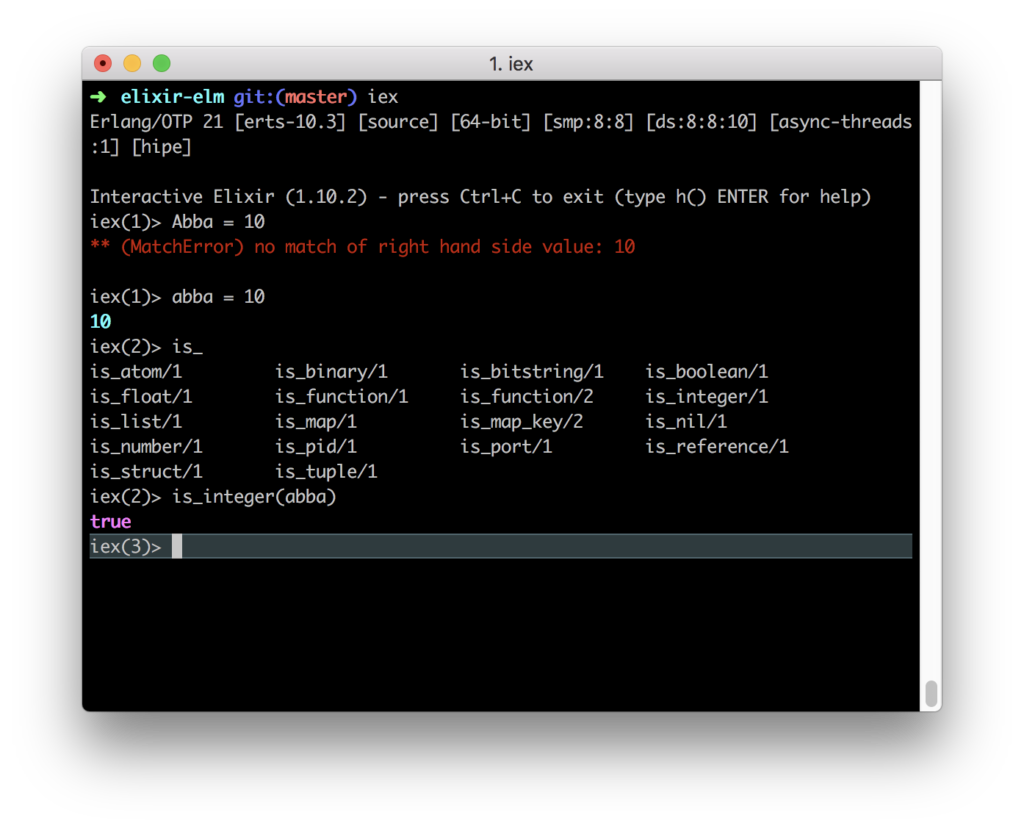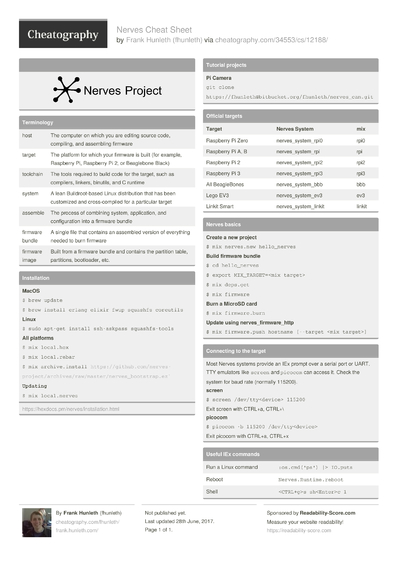

ELIXIR ECTO TO SQL HOW TO
I’ll show you a quick example of how to create a database schema, that you can run to set up your database. Typically used for mapping a database table to a struct, this is very similar to a traditional ORM except it actually works and isn’t terrible to work with. :loggers - this allows you to output tuples from each query run so you can track various things going on in your database.Įcto.Schema: used to map any data source into an Elixir struct. :url - contains all the information that you don’t want to keep in the project, this can be helpful when you have a public repo on github. By default this is set to the folder “priv/YOUR_REPO”, which has to be pointed at a subdirectory. :priv - the directory where the repo data is to be stored. elixir-metaprogramming Elixir metaprogramming elixir Elixir ets Erlang ETS exunit ExUnit phoenix-conn Phoenix: Plug.Conn phoenix-ecto Phoenix: Ecto. :name - this is simply the name of the repo’s supervisor process, which is what handles any crashes that need to be restarted. There are a number of configurations you can add to this to achieve different things. The “pool_size” is simply the maximum amount of connections you want the database to be able to handle. As you can see it contains the username, password, the name of the database and the pool size. This adapter is what allows ecto to communicate directly with Postgres.

This is what you're presented with in your “dev.exs” file. A typical setup for postgrex would be something like this. An adapter is the little piece that talks to the specific database type, so Postgres has postgrex to talk to a Postgres database. This repo allows us to do all the crud functionality we want, all it needs is an adapter. You will use these four a lot in your application.Įcto.Repo: short for repositories, they’re simply wrappers around the data store. There are four main components in Ecto: Repo, Schema, Changeset and Query. And if you really needed to run a query in seeds then you are also allowed to use the usual ecto queries as well. After running migrations you also have to run one more command: mix ecto.migrate mix run priv/repo/seeds.exs.
ELIXIR ECTO TO SQL MANUAL
Not only can it handle SQL databases, it can even handle NoSQL based ones too. Ecto.DevLogger is an alternative logger of SQL queries in development It inlines bindings into the query, so it is easy to copy-paste logged SQL and run it in any IDE for debugging without manual transformation of common elixir terms to string representation (binary UUID, DateTime, Decimal, json, etc). This way you dont have to worry about the IDs of seeded data and timestamps as Ecto will deal with that for you. I’m not joking when I say that Ecto is fantastic, it really takes the headache out of dealing with databases. The official description is: “A database wrapper and language integrated query for Elixir”, what it actually means is: “The best thing ever”.

I’m glad you asked, when you create a new Phoenix project the most useful framework there is for Elixir, it comes bundled with Ecto. How does Elixir connect to a database in the first place? Well these follow much the same process you just have to do it manually. TestRepo.all(from(t in Tag, where: t.Elixir does a great job when coupled with phoenix to give you a seamless setup when connecting to Postgres, but how does it actually work? What if I want to connect to a different type of database, say MongoDB or Dgraph.

TestRepo.update_all(from(t in Tag, where: t.uuids = ^), set: ]) For this tutorial, you will need: Elixir installed (installation guide for 1.2. Queries in Ecto are secure, avoiding common problems like SQL Injection, while still being composable, allowing developers to build queries piece by piece instead of all at once. This will wrap both the dumped and the casted values in a `%)) Provides a DSL-like SQL query for retrieving information from a repository. The idea is to have the adapter dumpers specify whether they want to keep the casted value for a parameter. We were used to achieve this by restarting Postgrex but that would restart the connections which in turn triggers a race condition as seen on elixir-ecto119. There is a compan … ion PR in ecto_sql that would have to be merged after this one. Whenever a migration adds an extension, we have to restart connections so they rebootstrap.


 0 kommentar(er)
0 kommentar(er)
